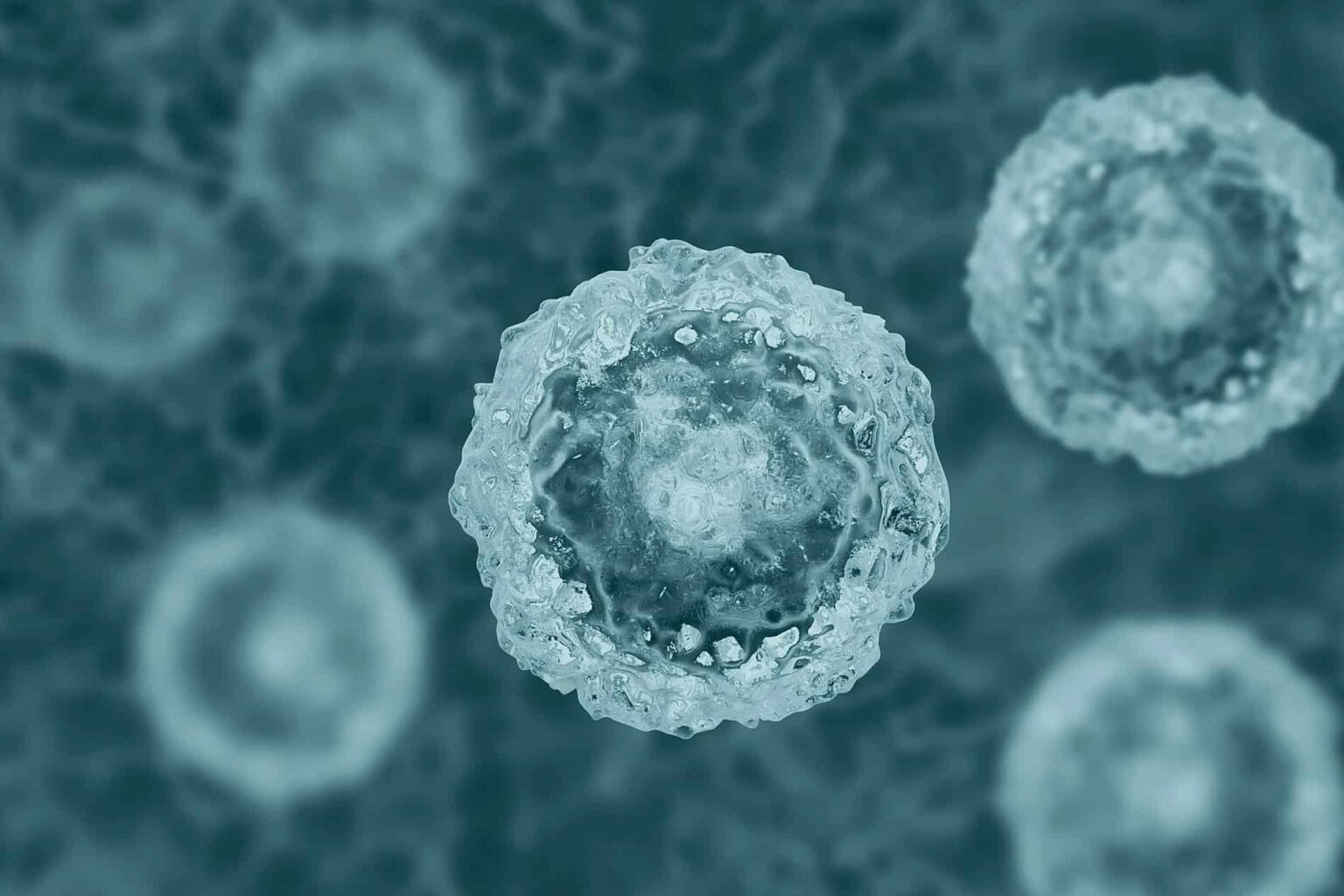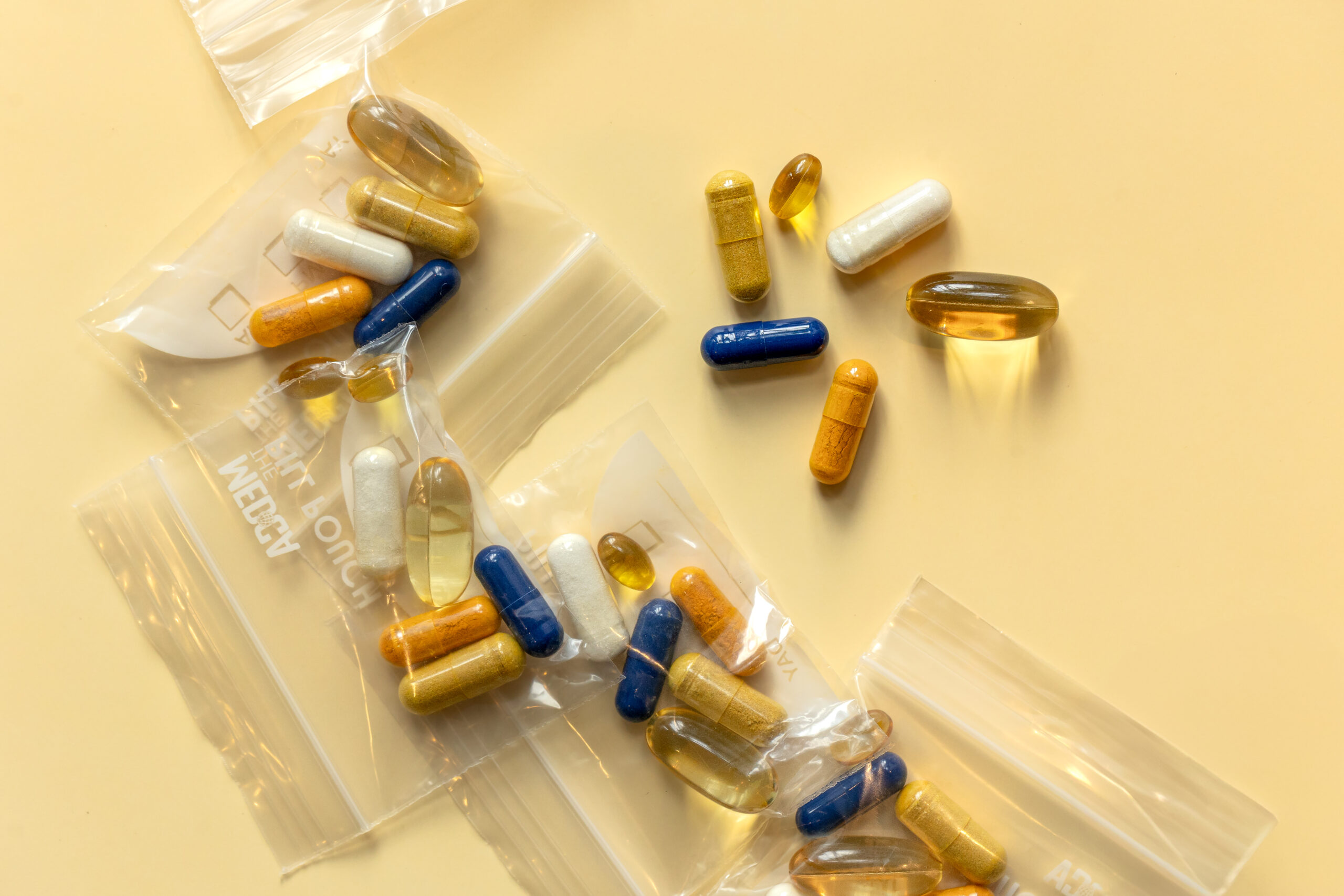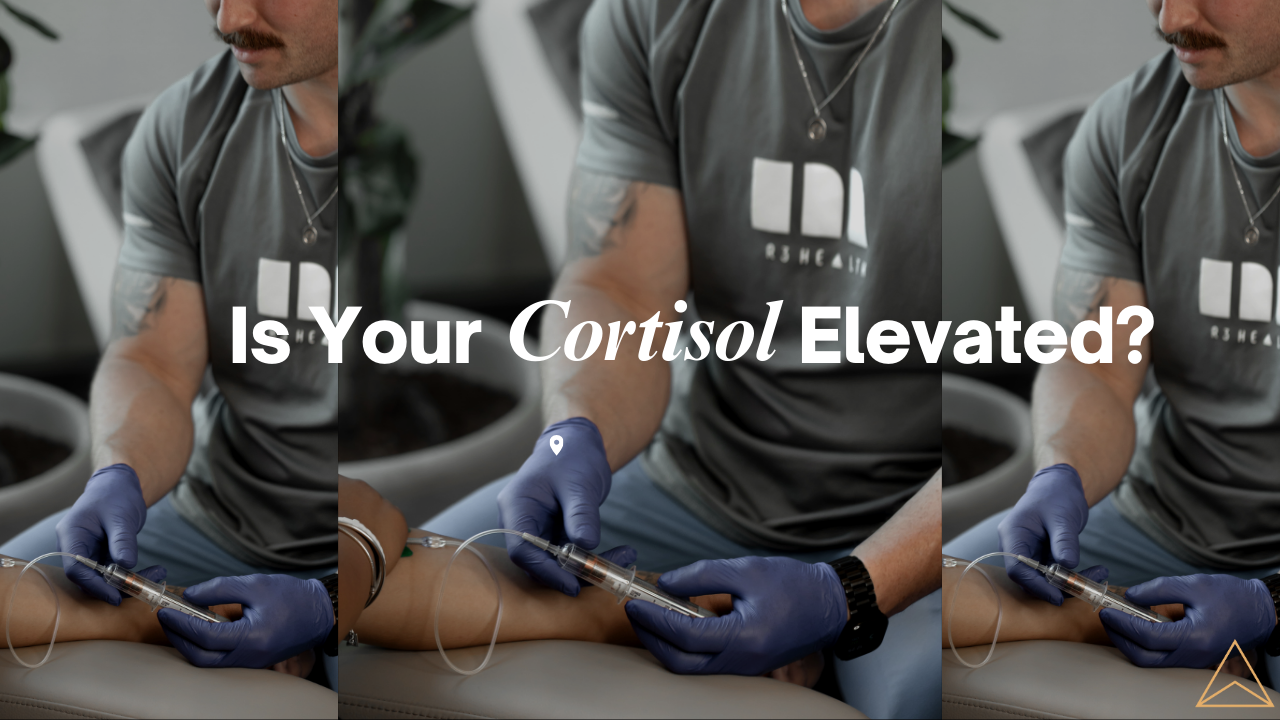Advancements in medicine have made it possible for healthcare professionals to treat a wide range of conditions and diseases with stem cells. Issues like orthopedic injuries, spinal cord injuries, heart disease, stroke, burns, osteoarthritis, and others can benefit greatly from this treatment—but there’s more than one type of stem cell. So, what’s the difference?
What Are Stem Cells?
Most people have heard about stem cell research in the news at some point or another—but what is a stem cell, exactly? They’re cells in their raw state that serve as the foundation for all other cells with specialized functions to form. These stem cells can reproduce into “daughter cells” in a lab under the right conditions and divide further to become more stem cells or more specialized cells—like blood, brain, skin, bone, muscle, cartilage, and other types of cells and tissues. That makes treatments of this nature super rejuvenating, regenerating, and, in some cases, even life-saving!
These miraculous cells are naturally attracted to areas of the body suffering from inflammation caused by damages and degenerative diseases. Stem Cells act as “heat-seeking missiles” to identify and target areas of inflammation in the body! Once they get to the site of the problem, they get to work restoring, repairing, and regenerating the necessary cells and tissues for a healthy functioning system.
Scientists source these stem cells in two different ways. One is from collecting a particular section of an umbilical cord called the “Wharton\’s Jelly” of a healthy screened donor newborn baby. We call this allogeneic birth tissue, which contains high numbers of healthy, quickly multiplying mesenchymal stem cells. The second way is from adult cells found in fat and bone marrow tissues that healthcare professionals take from the patient or a donor with a relatively simple procedure.
Treatment Possibilities
- Facelifts
- Autoimmune Conditions
- Cancer
- Neurological Problems
- Sports Injuries
- Spinal Cord Damage
- Anti-Aging
- And Many Others!
So—now we know what types of treatments are possible. Let’s look at the two different stem cells, where they come from, and their benefits.
Allogeneic
Experts collect these types of stem cells from donors, namely scheduled C-Section babies, after comprehensively screening their mothers. These tissue samples are collected under sterile conditions and sent to an FDA-registered tissue bank, where they are cleaned, processed, and preserved for anyone who may need their help.
When you come to our office, we discuss your treatment, and then once we finalize a treatment plan, we simply call the FDA registered tissue bank and order a preserved dose of these allogeneic tissue stem cells.
Once they arrive in our office, we often combine these stem cells with extra “fuel or fertilizer,” most notably called Platelet Rich Plasma (PRP) that comes from your own blood (providing your own body\’s nutrients and growth factors) and other growth proteins named peptides. Once we combine and mix all that, we are ready to administer this regenerative “elixir” back into your body and let the regeneration commence!
Allogeneic stem cells are crucial for treating certain degenerative diseases and cancers where the patient may not want to have their own stem cells harvested.
There are many methods for stem cell administration and not just for reasons you may suspect (chronic diseases and such). In fact, these regenerative medicine procedures can be fantastic for many applications, including prevention and longevity benefits and even aesthetics! For example, here at R3 Health, we offer facials that combine dermal injections of stem cells, growth factors, platelet-rich plasma, and cytokines with micro-needling. The results? This minimally invasive procedure provides benefits like reduced wrinkles and fine lines, improved skin tone, and added volume!
Autologous
Autologous stem cells come from a patient\’s own body. A healthcare professional will collect these critical cells from fat tissue, bone marrow, and other body areas before processing them, following a very detailed and scientific process in the office. We also can harvest your own stem cells now at a younger, healthy age and state and actually grow them and preserve them for future usage in a procedure that we call “Stem Cell Banking.” This technique is a significant advantage to utilizing your own stem cells as most people yield between 15-20 extra doses of their stem cells to be preserved or used later for any application!
This type of stem cell is ideal for procedures in which the patient could stand to benefit from some regeneration. Are you suffering from bad knees but are otherwise in perfect health? Autologous stem cells are an excellent option for repairing your damaged joints and helping you feel younger!
What’s the key benefit of autologous stem cells? Since they come from your own body, there’s no chance of rejection or efficacy reduction. This detail makes them more readily available, allowing patients to get the treatment they need without waiting.
Stem cells are the very foundation of growth and life here on this planet. Without them, none of our specialized organs would be able to exist! Through years of research, scientists have successfully harnessed their regenerative powers for vast advancements in medicine, beauty, and general wellness. Are you interested in trying stem cell therapy for one of your conditions, or maybe you just have some questions you need to be answered by an expert? Our team of brilliant professionals here at R3 Health is ready and waiting to assist—all you need to do is reach out.
Advancements in medicine have made it possible for healthcare professionals to treat a wide range of conditions and diseases with stem cells. Issues like orthopedic injuries, spinal cord injuries, heart disease, stroke, burns, osteoarthritis, and others can benefit greatly from this treatment—but there’s more than one type of stem cell. So, what’s the difference?
What Are Stem Cells?
Most people have heard about stem cell research in the news at some point or another—but what is a stem cell, exactly? They’re cells in their raw state that serve as the foundation for all other cells with specialized functions to form. These stem cells can reproduce into “daughter cells” in a lab under the right conditions and divide further to become more stem cells or more specialized cells—like blood, brain, skin, bone, muscle, cartilage, and other types of cells and tissues. That makes treatments of this nature super rejuvenating, regenerating, and, in some cases, even life-saving!
These miraculous cells are naturally attracted to areas of the body suffering from inflammation caused by damages and degenerative diseases. Stem Cells act as “heat-seeking missiles” to identify and target areas of inflammation in the body! Once they get to the site of the problem, they get to work restoring, repairing, and regenerating the necessary cells and tissues for a healthy functioning system.
Scientists source these stem cells in two different ways. One is from collecting a particular section of an umbilical cord called the “Wharton\’s Jelly” of a healthy screened donor newborn baby. We call this allogeneic birth tissue, which contains high numbers of healthy, quickly multiplying mesenchymal stem cells. The second way is from adult cells found in fat and bone marrow tissues that healthcare professionals take from the patient or a donor with a relatively simple procedure.
Treatment Possibilities
- Facelifts
- Autoimmune Conditions
- Cancer
- Neurological Problems
- Sports Injuries
- Spinal Cord Damage
- Anti-Aging
- And Many Others!
So—now we know what types of treatments are possible. Let’s look at the two different stem cells, where they come from, and their benefits.
Allogeneic
Experts collect these types of stem cells from donors, namely scheduled C-Section babies, after comprehensively screening their mothers. These tissue samples are collected under sterile conditions and sent to an FDA-registered tissue bank, where they are cleaned, processed, and preserved for anyone who may need their help.
When you come to our office, we discuss your treatment, and then once we finalize a treatment plan, we simply call the FDA registered tissue bank and order a preserved dose of these allogeneic tissue stem cells.
Once they arrive in our office, we often combine these stem cells with extra “fuel or fertilizer,” most notably called Platelet Rich Plasma (PRP) that comes from your own blood (providing your own body\’s nutrients and growth factors) and other growth proteins named peptides. Once we combine and mix all that, we are ready to administer this regenerative “elixir” back into your body and let the regeneration commence!
Allogeneic stem cells are crucial for treating certain degenerative diseases and cancers where the patient may not want to have their own stem cells harvested.
There are many methods for stem cell administration and not just for reasons you may suspect (chronic diseases and such). In fact, these regenerative medicine procedures can be fantastic for many applications, including prevention and longevity benefits and even aesthetics! For example, here at R3 Health, we offer facials that combine dermal injections of stem cells, growth factors, platelet-rich plasma, and cytokines with micro-needling. The results? This minimally invasive procedure provides benefits like reduced wrinkles and fine lines, improved skin tone, and added volume!
Autologous
Autologous stem cells come from a patient\’s own body. A healthcare professional will collect these critical cells from fat tissue, bone marrow, and other body areas before processing them, following a very detailed and scientific process in the office. We also can harvest your own stem cells now at a younger, healthy age and state and actually grow them and preserve them for future usage in a procedure that we call “Stem Cell Banking.” This technique is a significant advantage to utilizing your own stem cells as most people yield between 15-20 extra doses of their stem cells to be preserved or used later for any application!
This type of stem cell is ideal for procedures in which the patient could stand to benefit from some regeneration. Are you suffering from bad knees but are otherwise in perfect health? Autologous stem cells are an excellent option for repairing your damaged joints and helping you feel younger!
What’s the key benefit of autologous stem cells? Since they come from your own body, there’s no chance of rejection or efficacy reduction. This detail makes them more readily available, allowing patients to get the treatment they need without waiting.
Stem cells are the very foundation of growth and life here on this planet. Without them, none of our specialized organs would be able to exist! Through years of research, scientists have successfully harnessed their regenerative powers for vast advancements in medicine, beauty, and general wellness. Are you interested in trying stem cell therapy for one of your conditions, or maybe you just have some questions you need to be answered by an expert? Our team of brilliant professionals here at R3 Health is ready and waiting to assist—all you need to do is reach out.





